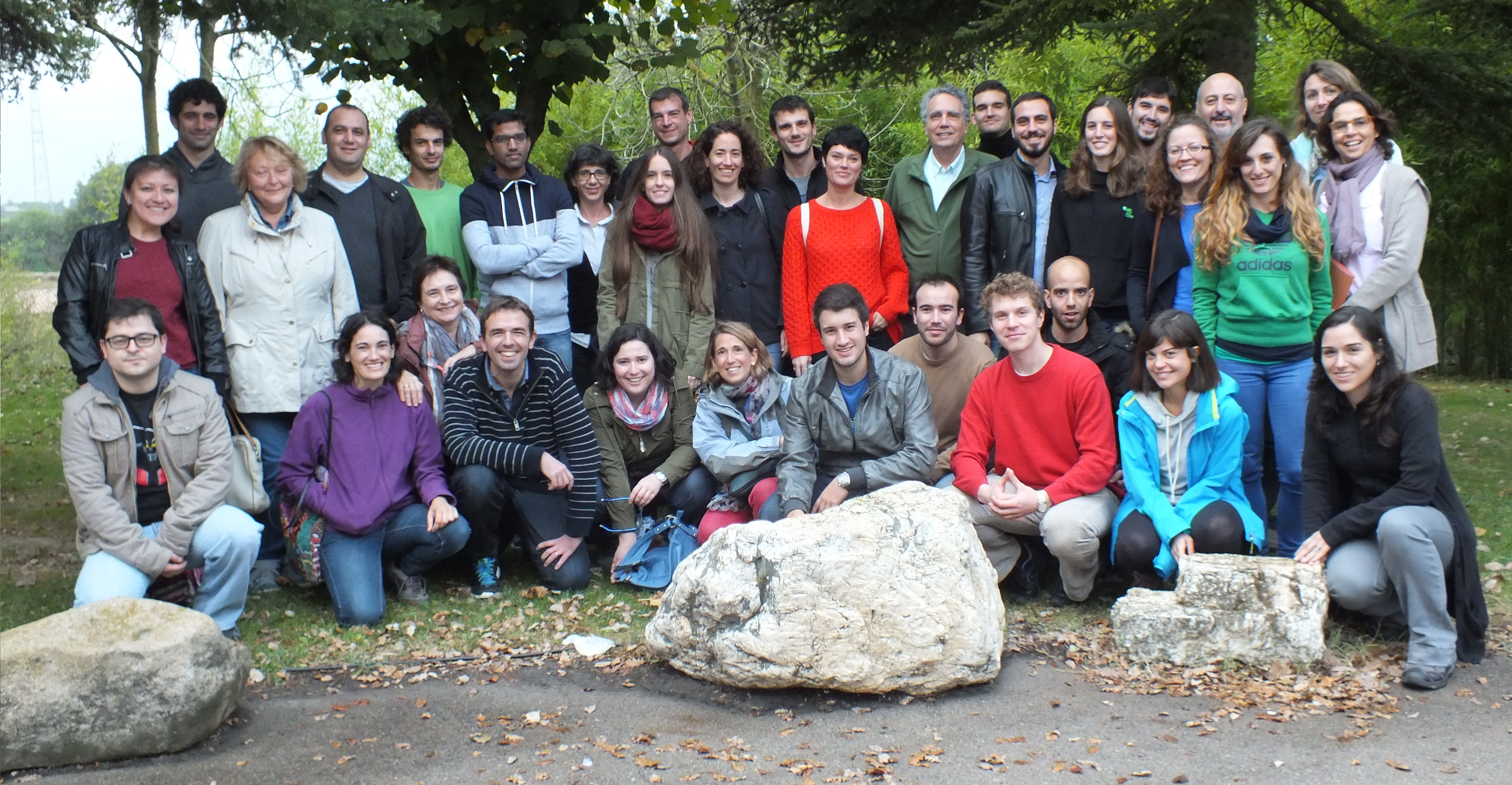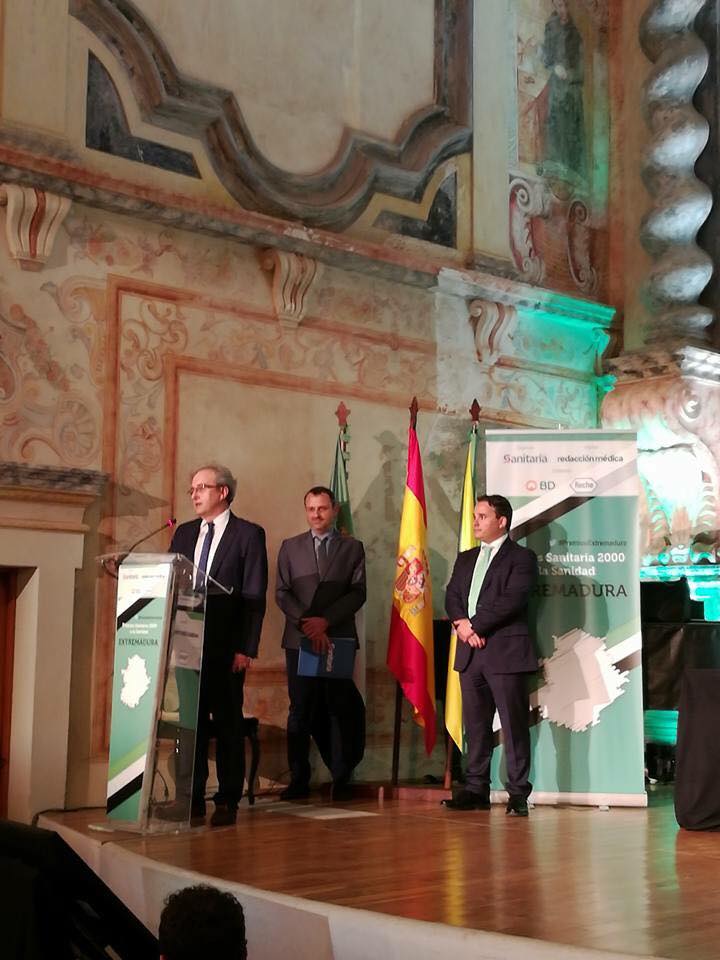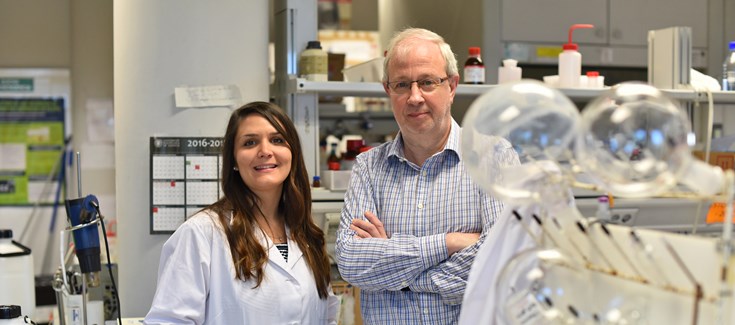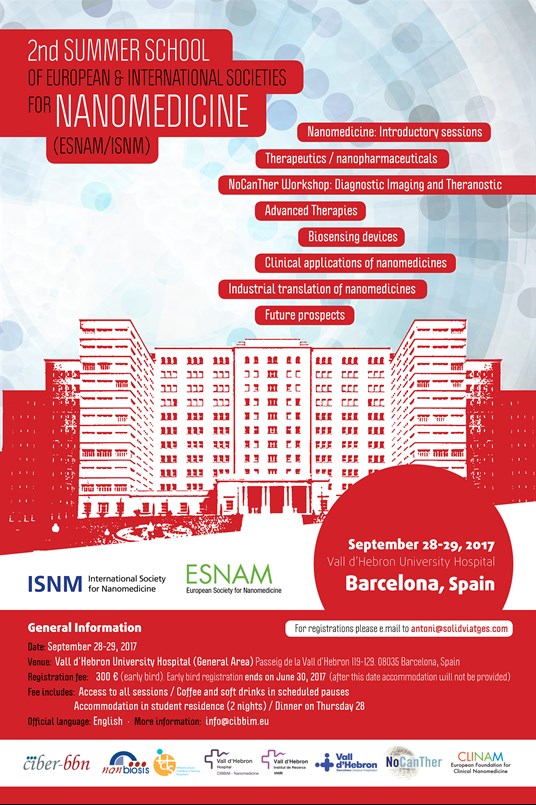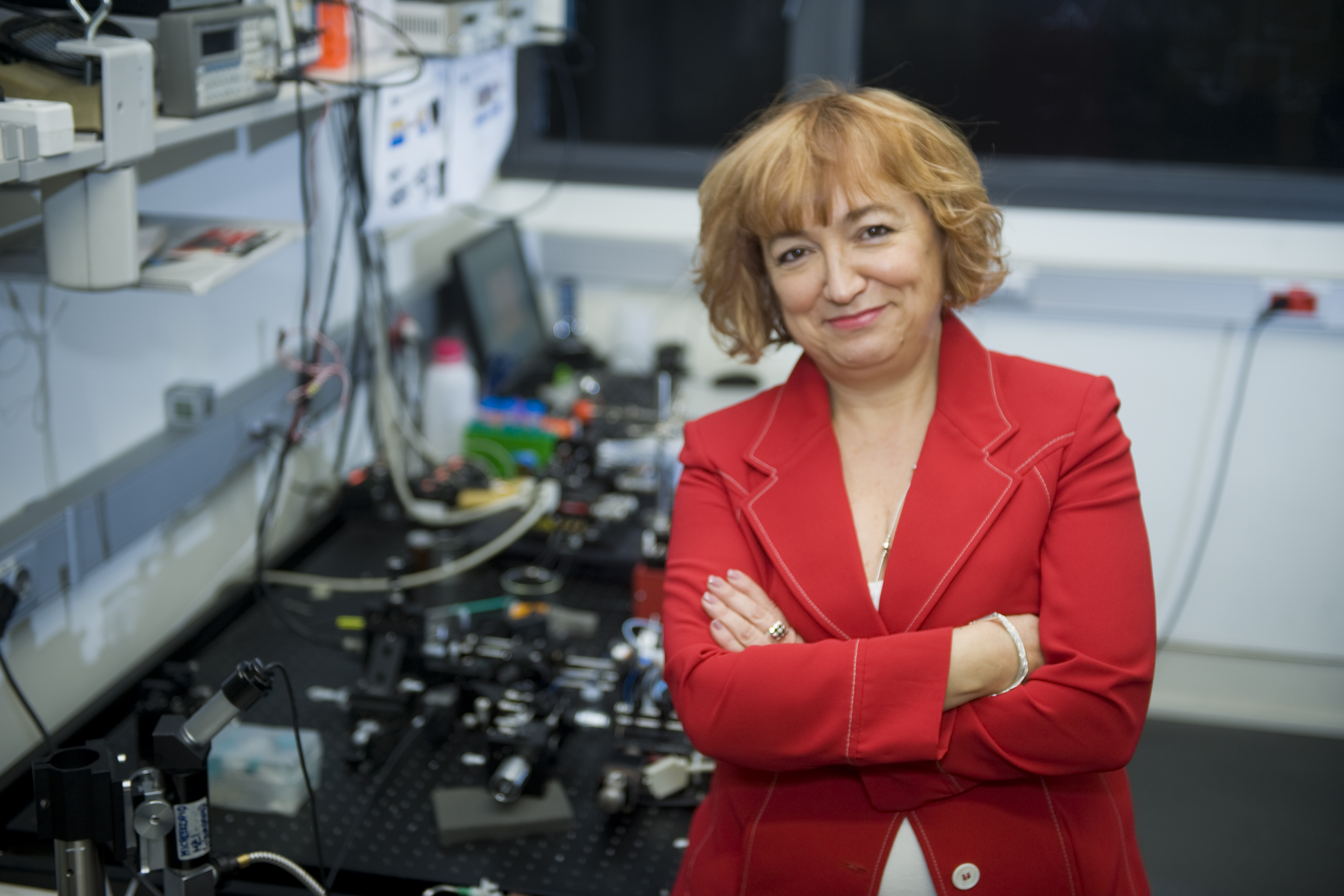NANOMOL group, coorditator of Unit 6 of NANBIOSIS has authored 26% of the scientific articles of ICMAB in NATURE
The Nature Index takes into account the published scientific articles from 1 February 2016 to 31 January 2017. This index is elaborated annually based on the affiliations of the authors of scientific articles published in a selection of 68 high-quality journals (http://www.natureindex.com/faq#journals)
CSIC appears as the first Spanish research centre in this ranking and occupies position number 38 in the global ranking of 500 research centres worldwide, while ICMAB occupies the first position within the CSIC centre, taking into account the corrected index WFC that shares the work between the different co-authoring institutions and corrects for the overrepresentation of some fields. Thus, ICMAB appears in the Nature index with a total of 42 articles out of which 12 have been authored by researchers of NANOMOL, showing a significant contribution (26% of the publications contained in this list) to the leadership of ICMAB in excellence in Science.
Some of the published papers were made taking advantage of the characterization facilities provided by ICTS NANBIOSIS
NANOMOL is a research group with wide expertise and recognized excellence in the synthesis, processing and study of molecular and polymeric materials with chemical, electronic, magnetic and biomedical properties, that continuously generate new knowledge in its basic and applied research projects regarding the micro and nano structuring of molecular materials. NANOMOL offers this knowledge to improve the properties of products manufactured in diverse sectors, such as chemicals, pharmaceuticals and electronics, thereby contributing to increasing their added value. NANOMOL is a research group actively involved in implementing nanotechnology and sustainable and economically efficient technologies for preparing advanced functional molecular materials. It is also the group coordinator of Unit 6 of NANBIOSIS and its Leader group, Dr. Jaume Veciana, is the Scientific Director of NANBIOSIS-ICTS
